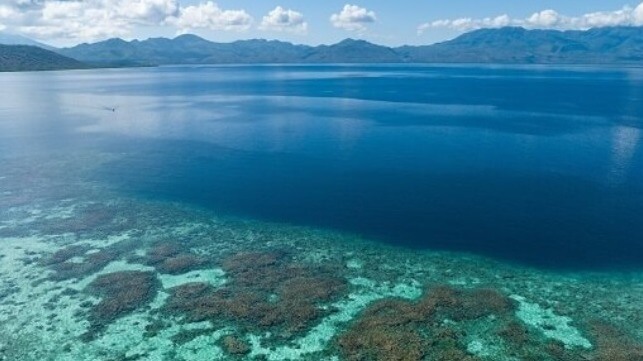COP15 Faces Conflicting Ideology Around Combating Biodiversity Loss

The United Nations Biodiversity Conference, referred to as COP15, starts next week in Montreal, with governments from around the world coming together to agree, amongst other things, on a new set of goals and targets that will guide global action on nature through 2030. Acting to address biodiversity loss has never been more urgent. The planet is experiencing a dangerous decline in nature due to human activity. It is experiencing its most extensive loss of life since the dinosaurs. One million plant and animal species are now threatened with extinction.
Antonio Guterres, UN Secretary-General, has said: "We are losing our suicidal war against nature. The rate of species loss is tens to hundreds of times higher than the average of the past ten years. Accelerating ecosystem collapse could cost almost $3 trillion annually by 2030. COP15 is our chance to call a ceasefire; it should lay the foundations for a permanent peace agreement."
One of the critical areas that the event will look at is how scrubber discharge water compares to water quality guidelines. While water quality guidelines are not conventionally used to assess the discharge directly from industrial processes, they provide a valuable reference point for comparison.
"A complete assessment of the impact of scrubbers cannot just focus on air emissions and needs to also factor in their impact on the water through the discharge of scrubber wastewater into the marine environment," Paul Blomerus, Executive Director at Clear Seas, said. "The sulfur removed from VLSFO, MGO, and other low-sulfur fuels stay at the oil refinery, but in the case of a scrubber, it is discharged directly into the ocean. Research literature seems to be in harmony that sulfur – naturally occurring in seawater – can be absorbed. Still, the acidification caused by the low-pH discharge water is a source of concern. Measures to dilute the scrubber discharge water only protect the local environment from the potentially harmful effects of extremely low pH but ultimately do not change the total mass of acid entering the ocean.
"Protecting sensitive coastal areas from the harmful effects of accumulating pollutants like PAHs and heavy metals should be a priority. The evidence from this report supports the conclusions of policymakers and local regulatory bodies who are restricting the discharge from scrubbers in confined waters like estuaries, harbors, and anchorages."
According to Gemma James, Senior lead, Environmental Issues, PRI, there are several policies to look out for, including financial disclosure on nature-related risks, changes to subsidies that are harmful towards nature, the UN Treaty on plastic pollution, and supply chain due diligence legislation on forest commodities. "The targets are to facilitate the recovery of natural ecosystems as well as contribute to achieving the Paris Agreement on climate, as biodiversity and climate change are intrinsically interconnected," she said.
As at the recent COP27 conference, there are likely to be significant divisions between developing countries in the global south and the developed world of the global north. This is especially true when agreeing on how countries mobilize funds to implement the new framework. Another challenge will be set, and reporting national targets will also be challenging. Hopefully, COP15 will produce a favorable final agreement that will be ambitious enough to halt biodiversity loss but modest enough to make targets achievable.
